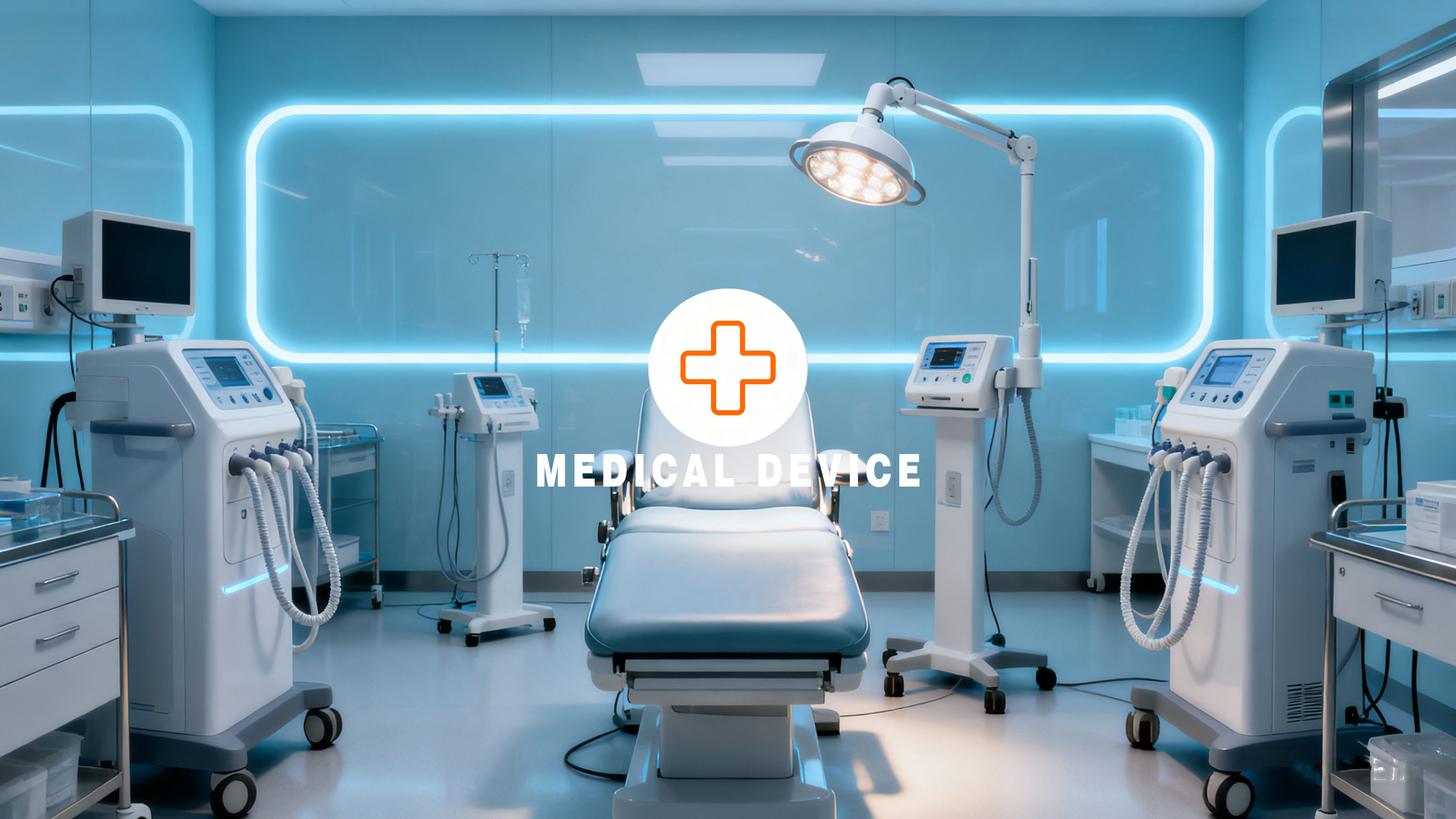Medical equipment
Post Date:2025-11-16
Editor:adminIn diagnostic devices, the precision of motors directly impacts the reliability of diagnostic results. Take the common CT scanner as an example: the core power source driving the smooth movement of the scanning bed and the high-speed rotation of detectors comes from specialized motors. These motors must not only maintain exceptional rotational stability to prevent image distortion from minor vibrations or speed fluctuations during scans but also enable precise adjustment of rotational and movement speeds based on patient size and examination requirements. This allows physicians to obtain more detailed pathological information. In ultrasound diagnostic equipment, miniature motors driving probes for multi-angle, high-frequency scanning leverage their compact size and rapid response to enable real-time observation of internal organ dynamics, providing critical support for early disease detection.

Therapeutic devices impose even stricter demands on motor safety and stability. In surgical applications, laparoscopic surgical robots rely on multiple high-precision servo motors to achieve flexible rotation and precise manipulation of robotic arms. These motors translate surgeons' commands into millimeter- or even micrometer-level movements, minimizing surgical trauma and enhancing precision. In highly demanding procedures like neurosurgery and cardiac surgery, the stable operation of these motors directly impacts surgical success rates. In oncology treatment equipment like linear accelerators, motors drive the treatment head to rotate 360 degrees around the patient, precisely targeting the tumor location while controlling radiation beam angles and doses. Such motors must possess not only robust load-bearing capacity but also exceptional interference resistance to maintain stable operation in complex electromagnetic environments, preventing treatment efficacy from being compromised by equipment failures.
The rehabilitation medicine field similarly relies on motor support. Rehabilitation robots for patients with limb dysfunction use motor-driven mechanical structures to facilitate passive or active limb training, helping restore joint mobility and muscle strength. These motors adapt movement speed, intensity, and range based on the patient's recovery progress and tolerance, enabling personalized rehabilitation programs. In assistive walking devices like smart prosthetics, built-in micro-motors simulate human joint movement trajectories. They dynamically adjust prosthetic actions based on the user's gait, enabling more natural and stable walking while significantly enhancing quality of life. Beyond these devices directly serving diagnosis, treatment, and rehabilitation, motors also find extensive applications in medical logistics support. For instance, hospital automated medication sorting systems rely on motors to drive conveyor belts and sorting robotic arms, enabling rapid identification, classification, and delivery of medications. This enhances pharmaceutical management efficiency while reducing human error. In medical waste treatment equipment, motors power shredding and sterilization units, ensuring safe and compliant disposal of medical waste to prevent environmental contamination and cross-infection.
As medical technology advances toward intelligent, minimally invasive, and precision-oriented approaches, performance demands on motors continue to rise. In the future, smaller, more efficient, quieter, and highly reliable motors will become a key focus in medical device R&D. Continuing their role as the “invisible power source,” they will drive the ongoing optimization of medical equipment performance, making greater contributions to enhancing healthcare services and safeguarding human health. Motors will thus become an indispensable component of the modern healthcare system.


